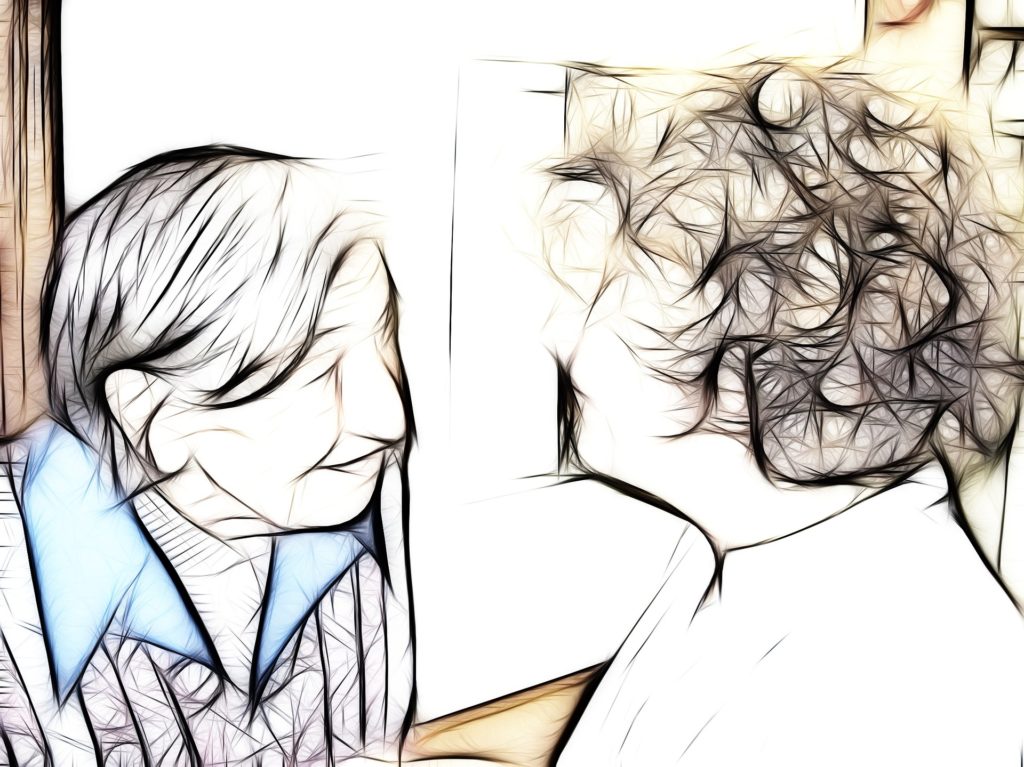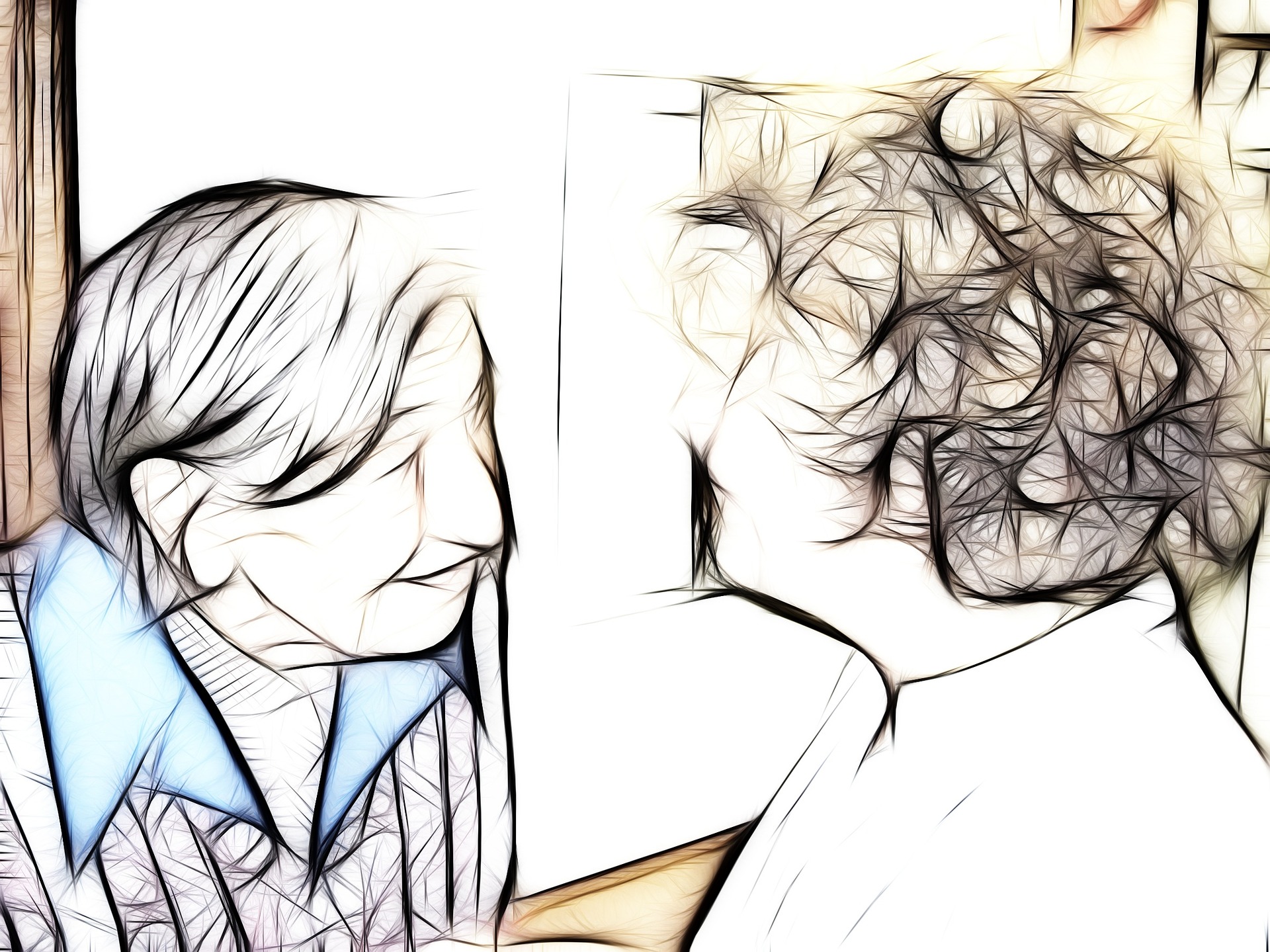This article originally appeared on the PHI blog.
 Illustration by Gerd Altmann from Pixabay
Illustration by Gerd Altmann from Pixabay
A remarkable though unsettling new report from the National Academies of Sciences, Engineering, and Medicine has drawn attention to the extensive harm that social isolation and loneliness are having on the health and well-being of older adults. The report—Social Isolation and Loneliness in Older Adults: Opportunities for the Health Care System—provides a sweeping overview of these two issues, as well as a compelling rationale for why the health care sector should respond immediately through more research, targeted training and education for health care workers, and increased public awareness, among other interventions. (I was fortunate to serve on the committee that advised this report, and PHI is a sponsor of the Forum on Aging, Disability, and Independence at the Academies.)
What is social isolation and how does it differ from loneliness? Social isolation refers to the size and strength of one’s relationships, measured objectively by the extent to which one has contact with others. In contrast, loneliness is a subjective concept that captures how lonely one feels in the context of those relationships. While social isolation and loneliness can affect anyone along the lifespan, they uniquely impact older people because they’re likely to live alone, experience the loss of multiple friends and family members, and deal with chronic illness, as top factors. (Also, ageism exacerbates these concerns as older people navigate a society that both disparages them and renders them invisible.)
According to this report, the research literature shows that about one in four (24 percent) of community-dwelling people aged 65 and older are socially isolated, and roughly two in five people (across settings) aged 60 and older (43 percent) report feeling lonely. Both social isolation and loneliness increase morbidity in older adults, evidenced perhaps most convincingly through their scientific link with heart disease, as well as mortality, where social isolation has an adverse effect that may be comparable to smoking, obesity, and physical activity.
Yet unlike those latter risk factors, the medical community has downplayed the seriousness of social isolation and loneliness to the detriment of older people. This unfortunate norm comes with a huge cost for our health care system: a 2017 AARP study found that the lack of social contacts among older people compelled about $6.7 billion in additional federal spending through Medicare. To address this crisis, this Academies report calls on the health care workforce (including direct care workers) to help prevent, identify, and mitigate social isolation and loneliness among older adults, since nearly all older people interact, in some form or another, with health care professionals.
Direct care workers, totaling 4.5 million nationwide, are poised to respond to this crisis. As the paid frontline of support for millions of older people and people with disabilities, direct care workers are in regular contact with older people and—with proper training and support—could identify clients who are struggling with social isolation and loneliness. In the ideal, these workers could in turn work with the full care team (doctors, nurses, family members, and others) to support their clients in becoming more socially connected and less lonely. This scenario however would require action in three key areas recommended by this report: growing the evidence base, educating the public, and strengthening workforce training.
GROWING THE EVIDENCE BASE
Report Goal 1: “Develop a more robust evidence base for effective assessment, prevention, and intervention strategies for social isolation and loneliness”
Our decades of experience in the field show that many direct care workforce interventions (in key areas such as training and advanced roles, for example) lack effective program evaluations, which limits the evidence base in this sector, makes it difficult to discern what works from what doesn’t, and prevents us from growing interventions to scale. (This largely explains the lack of direct care workforce interventions cited in the Academies report.) Moreover, interventions for direct care workers related explicitly to social isolation and loneliness are seemingly nonexistent. The report recommends that health care leaders grow the evidence base of interventions on these two issues across the full health care workforce, including direct care workers—requiring a hefty but worthwhile financial investment.
EDUCATING THE PUBLIC
Report Goal 3: “Improve awareness of the health and medical impacts of social isolation and loneliness across the health care workforce and among members of the public”
Many advocates and their organizations have employed public education strategies to raise awareness about pressing issues, compelling reforms in both policy and practice. (For example, PHI launched a 2-year public education campaign in 2017 that successfully highlighted the growing workforce shortage in home care and generated 60 concrete ideas for action.) Recognizing the value of public education, this report recommends that health care organizations create public education campaigns on the health consequences of social isolation and loneliness in older adults, reaching the full spectrum of health professionals and the general public. According to the report, public education campaigns work best when they’re rooted in relevant frames and messages (which compels the need for tested framing strategies on social isolation and loneliness) and when they’re tailored to different segments of the health and long-term care workforce, including direct care workers.
STRENGTHENING WORKFORCE TRAINING
Report Goal 4: “Strengthen ongoing education and training related to social isolation and loneliness in older adults for the health care workforce”
The direct care workforce training landscape needs an overhaul—stronger and standardized training requirements (especially for personal care aides), improved training curricula, and an enhanced training infrastructure that employs the best methods and content, among other improvements. Direct care workers should also be trained on these issues through upskilling training that increases culturally competent content and addresses the growing complexity of client conditions, including the impact of social isolation and loneliness. In this regard, this report recommends that direct care workers, among other health care workers, be better trained to support clients dealing with (or at risk of) social isolation and loneliness, which can be largely achieved by updating and standardizing the core competency sets, curricula, and training standards guiding this workforce—and through “integrating care related to social isolation and loneliness into clinical practice and as part of discharge planning, care coordination, and transitional care planning with community organizations.”
Social isolation, loneliness, and the direct care workforce have at least one reality in common: they are severely underrecognized in the health care system despite the growing body of research affirming their centrality to the health of older adults. This report aims to begin changing that representation as it urges the health care sector, including direct care workers, to shift their attention to the devastation incurred by social isolation and loneliness on our aging population. An increasingly larger demographic of older people demands our attention—we should take notice.
The opinions expressed in this article are those of the author and do not necessarily reflect those of the Diverse Elders Coalition.

